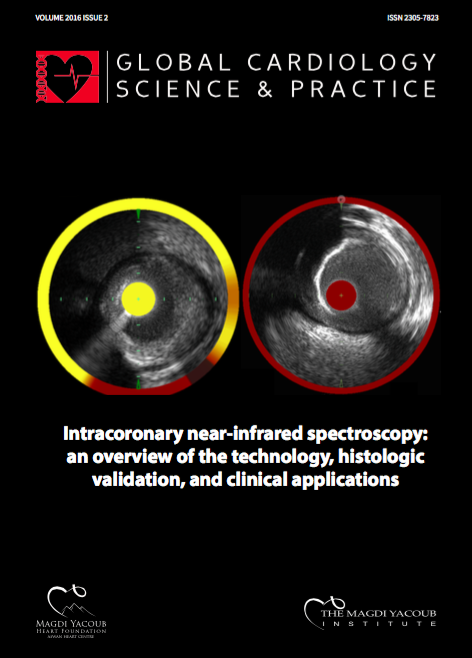Which way to grow? Force over time may be the heart’s Dao de jing
DOI:
https://doi.org/10.21542/gcsp.2016.21Abstract
Genetic cardiomyopathy manifests as either a hypertrophic or dilated phenotype. However, molecular mechanisms that determine which disease pathway emerges in patients is largely unknown. Work from the Molkentin laboratory published in the May issue of the journal Cell provides novel insights into this fundamental question. The investigators found that sarcomeric mutations associated with a reduced muscle contraction-time integral resulted in a dilated cardiomyopathy, while mutations associated with an increase in this parameter were associated with a hypertrophic phenotype. The molecular cellular cues that orchestrate which cardiomyopathic pathway ensues appear to be the signal transduction pathways involving the molecules MEK1 and ERK1/2. The identified signals driving overall growth of the heart, on the either hand, were found to involve Calcineurin and NFAT. These findings may help improve treatment strategies aimed to combat familial cardiopathy and, moreover, pave the way to the development of novel personalized medicine based therapy by using cardiac cells that are derived from individual patient’s induced pluripotent stem (iPS) cells.
Downloads
Published
Issue
Section
License
This is an open access article distributed under the terms of the Creative Commons Attribution license CC BY 4.0, which permits unrestricted use, distribution and reproduction in any medium, provided the original work is properly cited.


